An engineer’s diary
-
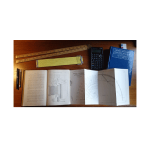
[No. 88] The Case for Minimal Data
I asked my grandson the price of a postage stamp in binary, and pretty quickly he reported the result, 10100101 (pennies). And how many bytes is that? One byte.
-

[No. 87] The Case for Big Data
What is Big Data, and why do we need it? Let’s try to answer this question with very little specialist knowledge of numerical analysis software. Big Data refers to a computing env…
-

[No. 86] Sanity check
There is an old story about the engineer who was asked to multiply 4 × 3, who took out a slide-rule, and who declared the result to be “about 12”. While this is a cruel caricature…
-

[No. 85] Machines with Carbon Brushes
I can already hear a certain reaction to the idea of machines with carbon brushes: ‘We got rid of those many years ago’ . That is true in many industries. It is even true that man…
-
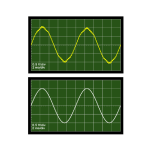
[No. 84] How to generate a sinusoidal EMF
Fig. 1 Sinusoidal and sineIn a practical rotating electric machine it is not possible to generate a perfect sinewave EMF waveform of the form sin ωt. We are, however, c…
-
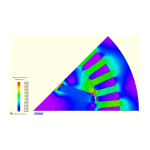
[No. 83] Steady-state short-circuit operation of a PM brushless machine
One of the most important test conditions for a brushless permanent-magnet machine is the steady-state short-circuit condition, sometimes called the ‘sustained’ short-circuit.
-
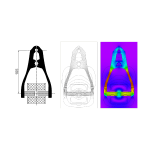
[No. 82] Electromagnetic nutcracker
Powersys has just announced a seminar on the use of JMAG ‘to simulate, optimize, and co simulate the most critical small components: frameless motors, actuators, encoders, and bey…
-
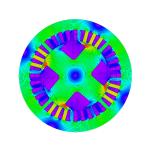
[No. 81] Flummoxed by Flux-Waves?
Electric machine engineers often speak of the flux wave in the air-gap of an electric machine, yet when we look at a flux-plot such as Fig. 1 we cannot see it.
-
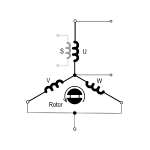
[No. 80] The Shadow-Winding
The shadow-winding is useful for measuring generated EMF and inductance in prototype electric machines. Typically it consists of a complete phase winding wound in the same slots a…
-
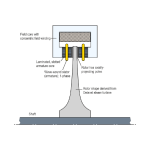
[No. 79] The Alexanderson Alternator — An Axial-flux Marvel
Alexanderson alternators had these design parameters: Electric machine designers will surely look on these figures with admiration—even with astonishment—given that the era of the…
-
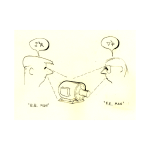
[No. 78] Atomic Simulation
Atomic simulation — Imagine the simulation of a system or an electric machine atom by atom, indivisible particle by indivisible particle, in which there is one discrete finite ele…
-
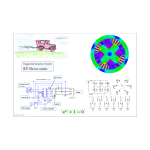
[No. 77] Mathematics in Action
In a recent session of the Biggar Science Café entitled Mathematics in Action, I found it very easy to borrow some examples of applied mathematics from the world of modern automot…
-

[No. 76] Maxwell’s Apprentice and the Flux Gusher
Video 54 introduced a short series of three or four videos with an attempt to compare flux-linkage captured at the terminals of an electric machine with oil captured at the well-h…
-

[No. 75] What finite-element analysis can and cannot do
Is FE Man telling the truth? Let’s pretend somebody has sued him for making false claims. We’re in the High Court, and the lawyers pose two carefully-worded questions: 1 Can the f…
-

[No. 74] Uncertainties in design calculations for electric machines
Although these are the words of a forlorn princess wringing her hands in a castle, concerned about uncertainties in her design space, they could surely have been expressed by any …
-
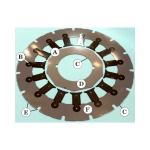
[No. 73] Butt joints and other gaps in electric machines
There are several gaps and joints (or interfaces) in any electric machine, and we can classify them as follows. A. Intended gaps. The air-gap between the stator and the rotor is t…


